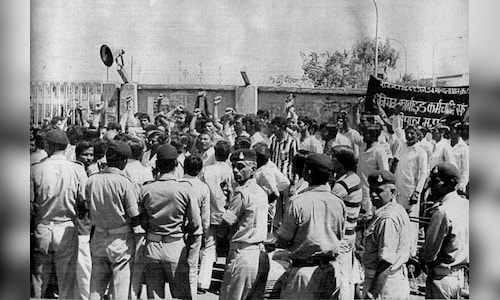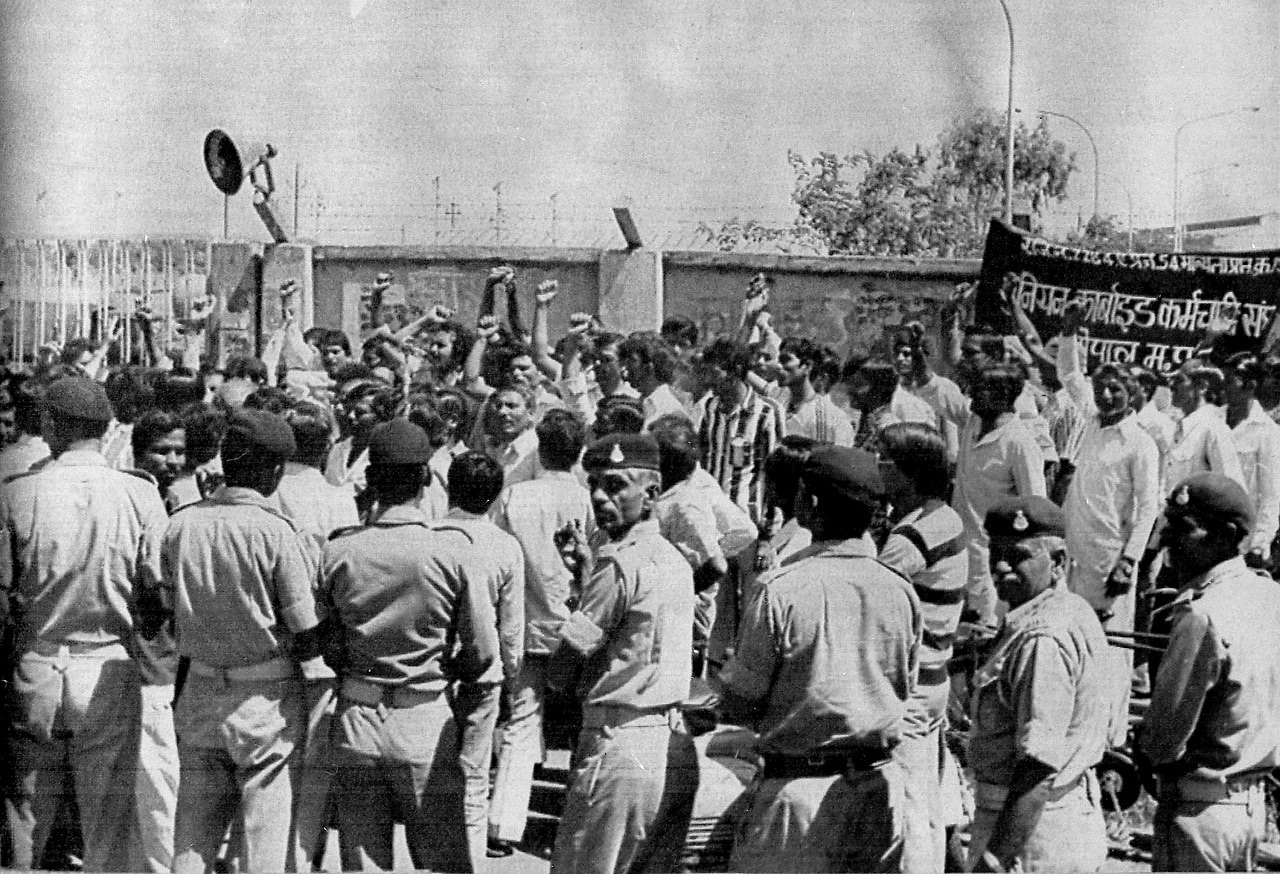

The leak had killed several thousands and left behind a legacy of health problems—both mental and physical. The tragedy brought global attention to the dangers of unregulated industrial productions and lack of safety measures. The survivors’ ‘fight for justice’ has been a vital component of the country’s legal and socio-economic system.
The Bhopal gas tragedy is a grim reminder of the catastrophic potential of industrial accidents and the need for vigilance and foresight in industrial operations.
Health Havoc
Over the last four decades, the survivors have suffered from recurring health issues like respiratory problems, vision defects, neurological problems and various kinds of cancer. The tragedy has hit not only those who were exposed to the gas but several generations later in the shape of congenital birth defects.
Some of the medical conclusions may still be uncertain and uncorroborated—eye problems for instance could be caused by some deficiency rather than the aftermath of the gas leak. Kidney defects can also be caused by an unrelated issue. There is little scientific data that can validate this but some can be linked because of the time of the occurrence of health complications. Some health issues like a nagging respiratory problem especially in the outskirts of the tragedy zone could have roots to the disaster.
What is more important that even forty years after the tragedy, the scars remains unhealed for many. Despite several positive measures and disbursement of compensations a lot remains to be done.
Lessons Learnt
The Bhopal Gas Tragedy has taught the world valuable lessons in industrial safety and environmental protection. The disaster serves as a grim reminder for enforcing stringent industrial regulations.
While India has developed stricter industrial regulations, implementation still remains a big challenge. Disposal of the hazardous waste in the surrounding areas requires better enforcement. The accident had at that time triggered questions on the safety of large scale industrial production. Several policy makers and industrialists had converged in the city to understand the flaws. The city became a ‘laboratory’ — a testing ground on how not to avoid any lapses in the future.
People are mostly unaware of the hazards of the chemicals and the tragedy brought to the fore the importance of public education and awareness campaigns before undertaking any industrial project. Another aspect that is still lax is the training of workers on how to handle a situation like the Bhopal Gas Tragedy. There is an urgent need to make the training more robust and multi-dimensional. The security back up system has to be boosted and made more advanced to meet any eventuality.
Besides the errors in operations and lax training, deficiencies in designing a vibrant maintenance ecosystem are also responsible for industrial tragedies of this scale. It is therefore vital to get the machines and instruments under a strict maintenance regimen.
There is an urgent need to tackle such kind of disasters while keeping in mind an overall disaster risk management. Apart from highlighting the importance of strict safety regulations, the Bhopal Gas Tragedy has underscored the need for the companies to have a detailed disaster management plan, which includes evacuation strategies. Mock drills should be conducted at regular interval to review the safety concerns.
Public health systems have to be strengthened to tackle such industrial accidents. Healthcare workers should be adequately trained for an emergency medical preparedness. The tragedy has also taught on how crucial it is to engage with local communities about the risks associated with industrial activities.
It has been a long 40-year aftermath journey of the industrial disaster. There is still a lot to learn from the tragedy
—The author, Vanita Srivastava, is a science writer. The views expressed are personal.
(Edited by : Unnikrishnan)
First Published: Dec 2, 2024 12:38 PM IST



